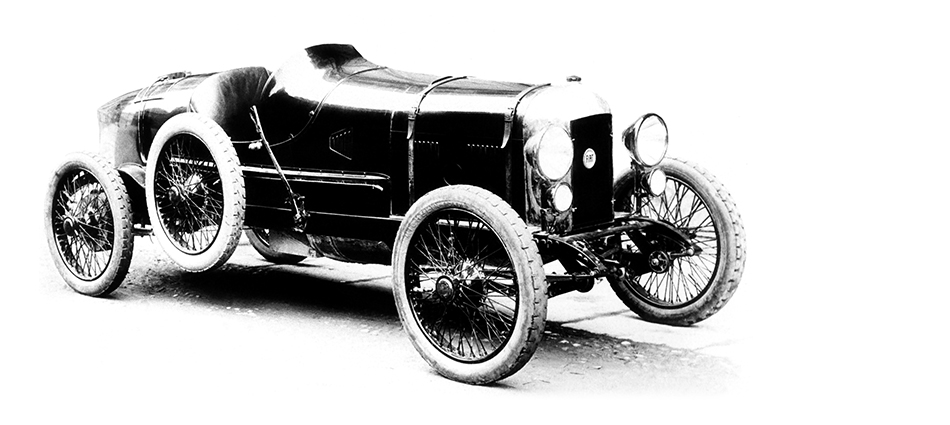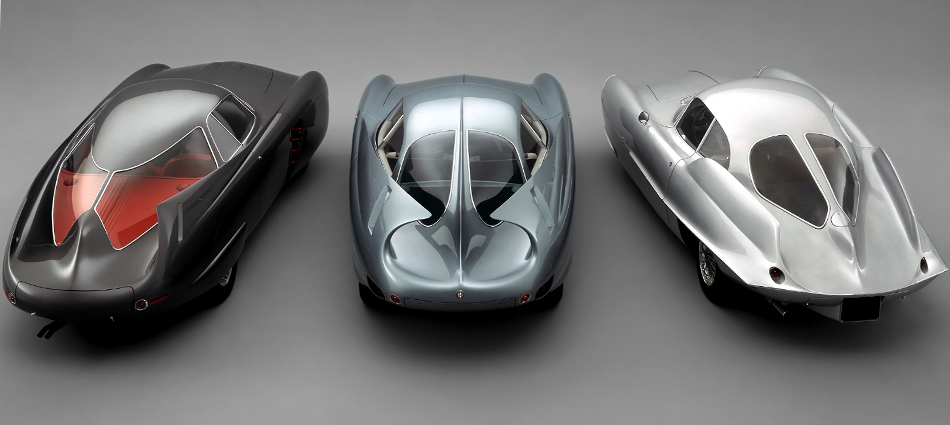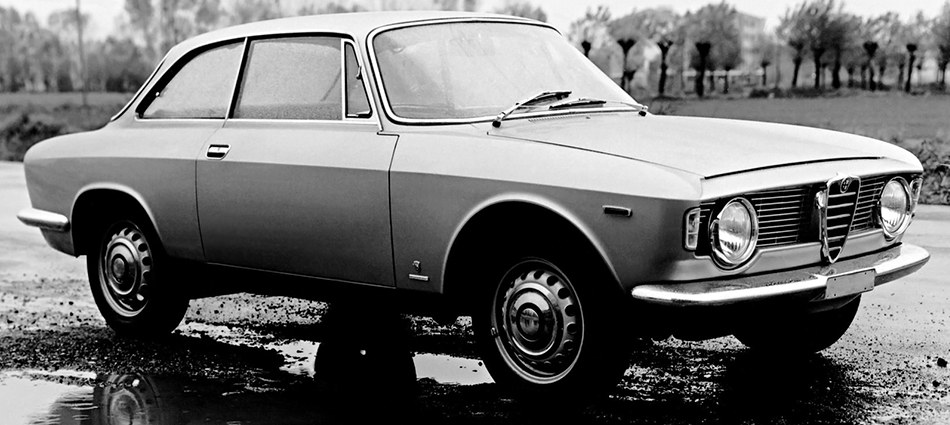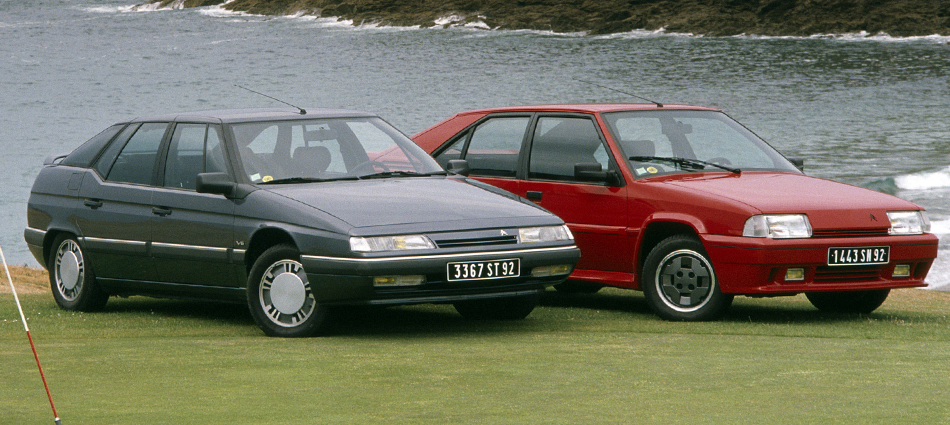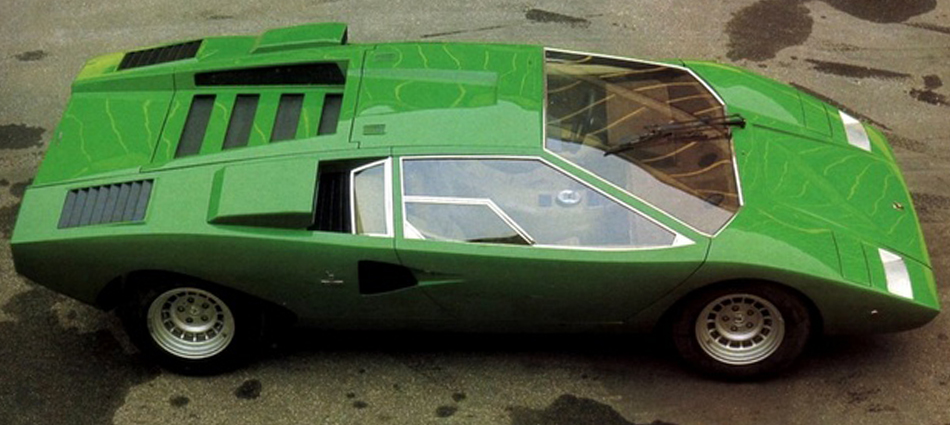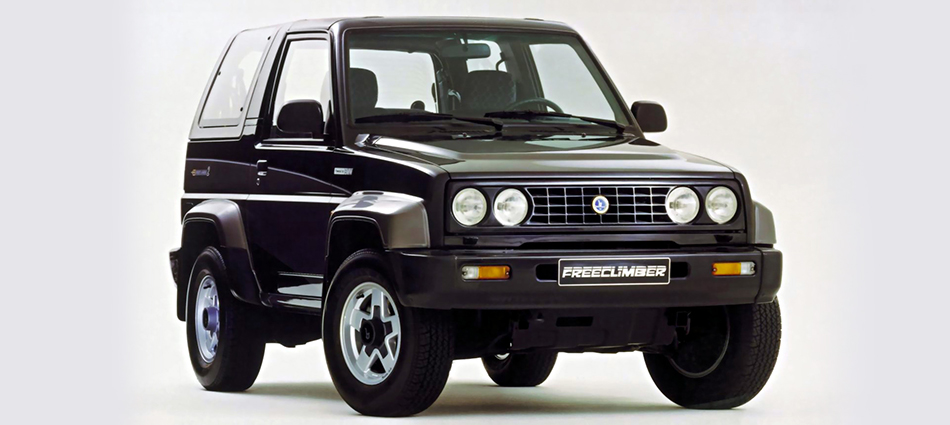The Thinker's Garage Pondering Automotive History, Design and Culture
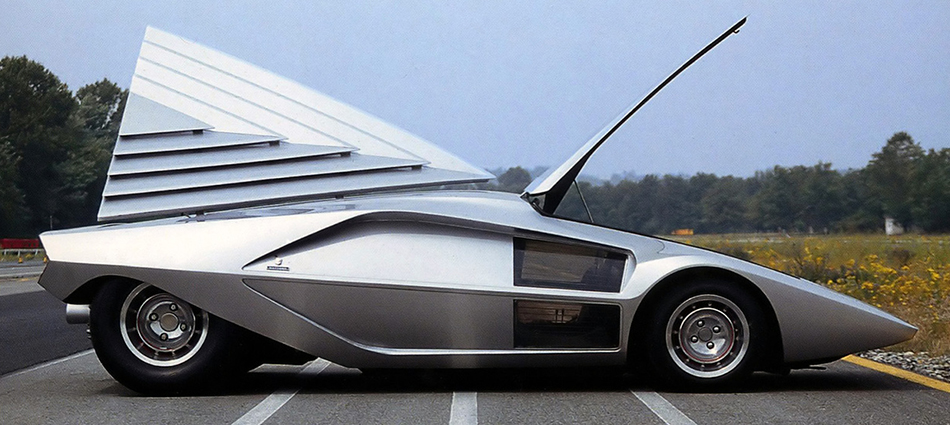
Best wishes to Bertone
With a no-show at the recent Geneva motor show, news of employees having not worked for weeks and media reports about the commencement of bankruptcy proceedings, it seems like we might tragically be nearing the end of the road for one of the most famous influential design houses, Bertone.
Bertone has been a family based business since 1912, when Giovanni Bertone established a firm in Turin to build horse drawn carriages, and it wasn’t until after the first world war that the company began to turn its skills to the automotive sector. Aligning itself with local car manufacturers including Lancia and Fiat, Bertone was at the forefront during a very fruitful time for innovation and design in the car industry. As well as producing small batches for manufacturers, Bertone also took one off commissions for very wealthy clients throughout the 1920s and 30s.
1923 FIAT 501 is an early example of Bertone’s coachwork
World war two reduced the company’s output to a trickle, but once the war was over Giovanni’s son, Giuseppe ‘Nuccio’ Bertone, who had been with the firm since 1933, took a greater role in the creative direction of Bertone’s work. This would see Carrozzeria Bertone into an era that brought it decades of prolonged influence and success.
With a catalogue spanning across relevant mass production vehicles such as the Fiat X1/9 and Ritmo, Citroen BX, XM and Xantia and the Alfa Romeo Giulia Sprint and GT, luxury gran turismos including the Iso Grifo, Maserati Khamsin and Lamborghini Espada, to low volume supercars including the Lamborghini Miura and Countach and of course incredible concept cars such as the outragous Lancia Stratos HF Zero and the exquisite Alfa Romeo BAT series, Carabo and Pandion, the breadth and depth of Bertone’s catalogue is unbelievable, as is the roster of unbelievable talent the firm has had through its doors.
Alfa Romeo B.A.T (Berlinetta Aerodinamica Technica) series, 5, 7 and 9.
Alfa Romeo Giulia Sprint GT remains one of the most iconic Italian cars
Bertone designed a number of Citroens, including the XM (left) and BX (right)
Concepts such as the handsome Lancia Kayak saw Bertone look towards the 2000s
As well as establishing Nuccio Bertone, Bertone has furthered the careers of many designers, including Franco Scaglione, Giorgetto Giugiaro, Marcello Gandini and Jason Castriota.
Marcello Gandini’s Countach put show car drama on the road
Throughout the 1980s and early 90s, Bertone also dabbled in marketing its own vehicles, with the Bertone X1/9 and Ritmo Cabrio, formerly known as Fiats, and the Bertone Freeclimber, a modified Daihatsu Rocky with engines from either BMW or Toyota. The company also ran a business undertaking production runs for car manufacturers, with the Bertone manufacturing facility in Grugliasco making vehicles for companies including General Motors whose Opel Astra Coupe and Cabriolet were among the cars produced there.
Bertone built some vehicles for itself, including X1/9 and Freeclimber
The signs of the current financial difficulties first became public in late 2007, when the company, which had been under the control of Nuccio’s widow Lili since his passing in 1997, filed for bankruptcy for the first time. As part of the restructuring procedure, a number of important concept cars from Bertone’s collection including the Lamborghini Marzal and Bravo and the Lancia Stratos HF Zero were auctioned. The Grugliasco plant was also sold to the Fiat group which recently celebrated the production of its 10,000th Maserati there since it took over in 2009. Bertone’s new direction seems to have been short lived however, as the company has yet again entered bankruptcy and is searching for a new buyer. If a deal to save the company isn’t struck by the end of April, it could unfortunately spell the end of the Bertone story. Let’s all hope for good news so we can continue to witness ground being broken by of the one of the most famous names in design.
2010 Alfa Romeo Pandion brought back some concept car magic and drama, commemorated Alfa’s 100th anniversary
by Andrew Marshall
